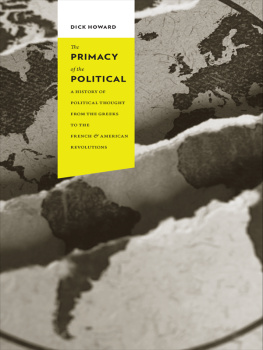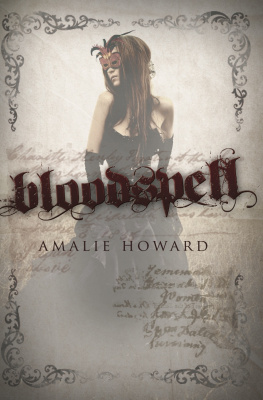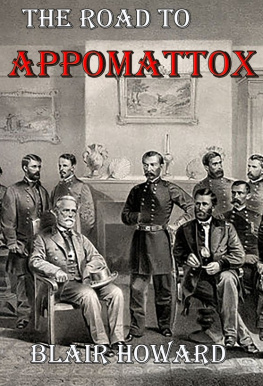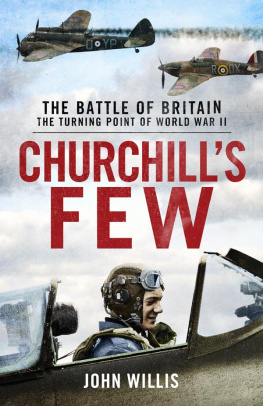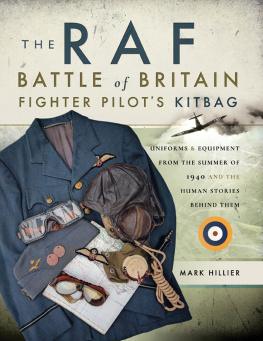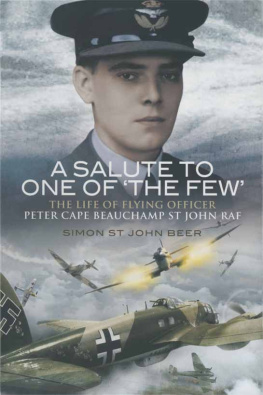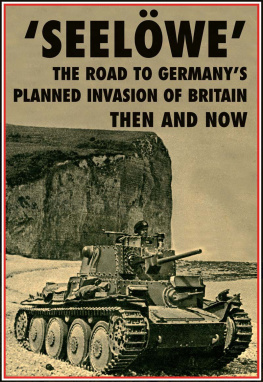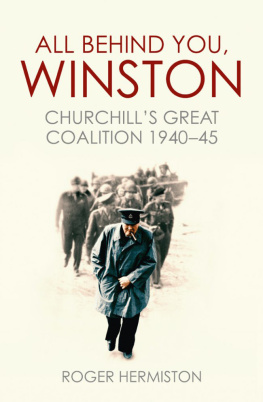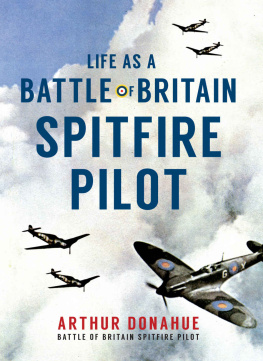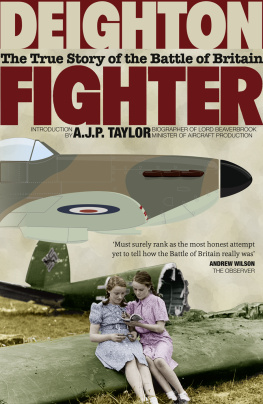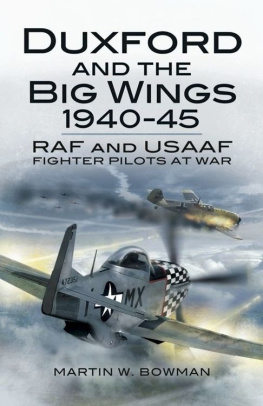WHAT THE RAF AIRMAN TOOK TO WAR
Bill Howard
Photographs by Michael H. Wagner
Foreword by Squadron Leader Geoffrey Wellum DFC

CONTENTS
FOREWORD BY SQUADRON LEADER GEOFFREY WELLUM DFC
Seventy-five years ago, a small band of pilots took to the skies above Britain to defend against the real peril of German invasion. These pilots turned back that tide and handed Germany its first defeat in the Second World War. It was, however, a very near thing. Nevertheless, the Germans realised that they had suffered their first significant defeat and been denied their aim, and they did not like it.
Those exciting days are distant now, but in the pages of this book, one can remember those who gave so much in defence of England during that terrible summer of 1940. Most of my fellow pilots who fought in the Battle of Britain are gone now. The passing years have thinned our proud ranks and taken away almost all of those who flew during those four crucial months in 1940. Although they are gone, I remember my friends and comrades who each gave so much to defend England.
In these pages the reader can see the tunics that were worn, the flying equipment that was used and the things that were carried by the nearly 3,000 pilots and aircrew who will forever be remembered as The Few.

THE RAF AT WAR
Much has been written about the pilots who served in the Royal Air Force (RAF) during the Second World War. While The Few were recognised as the saviours of England even as the bombs fell, Great Britain successfully resisted the German attacks with a national response. The latter included the commitment of pilots of the RAF Fighter, Bomber and Coastal commands, the Royal Navy, as well as that of the people of England.
Because of the romantic image of the fighter pilot, RAF aviators captured much of the glory in the wars early days they provided an inspiring example. But although the pilots gained much of the credit for victory in what became known as the Battle of Britain, it is a legacy that has been challenged in recent years. Some historians have given credit to the Royal Navy for dissuading Hitler from invading Britain, while others have argued that the Battle of Britain was won not so much by The Few, but by the many the tenacious British citizenry who were determined to see that democracy would continue in Europe even as the Axis forces conquered one country after another from 1939 to 1940.

Hurricane fighters of No. 242 Squadron at Duxford. This Hurricane crashed on 28 March 1941, killing its pilot, Arthur William Smith.
The everyday heroism displayed by the people of Great Britain was inspired and sustained by the brave example exhibited by the RAF. Whether British born or as refugees from nations already conquered by the Axis forces, RAF pilots were motivated to engage the enemy for a variety of reasons. Some were determined to defend their homeland, while the Belgian, French, Czech and Polish RAF pilots sought to avenge what had already been inflicted upon their nations, and to try to turn the tide of fortune. American, Canadian and Commonwealth nation pilots saw what was happening over Britain as a battleground for democracy and understood that if the Axis powers were not defeated, the war would expand. Regardless of national identity or individual motivation, RAF pilots fought with fierce tenacity.
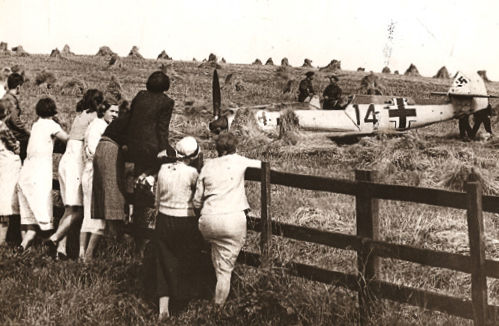
A German Bf 109E-1, downed near Lewes in August 1940. Unterofficer Leo Zaunbrecher survived the crash and was captured.
There was a great deal of stress inherent in the operations. Pilots were awakened to begin a days work that would not end until sunset. Transported out to the airfields, they would wait for the scramble call in full kit, playing card games or reading newspapers to pass the time. When the telephone rang, the pilots would sprint to their planes and be strapped into their seats. The fighters would rumble down grassy runways to gain speed for take-off. Once in the air, just a few minutes of combat could exhaust a pilot flying at 30,000 feet in an unpressurised aircraft. The noise of battle and the roar of engines pounded on eardrums and the G-forces associated with the violent twists and turns of dogfighting brought the pilots to the verge of blacking out. They needed to focus all of their energy and concentration on flying while their body endured incredible physical forces. Every pilot knew the dangers of combat flying they had lost friends and comrades in fiery crashes or seen young lives ruined by wounds and the disfigurement caused by burning cockpits. War took its toll on these young men every day.
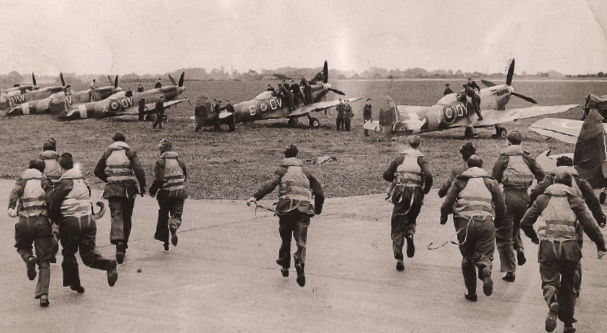
RAF pilots re-enacting a scramble in 1946. Note the pilot (second left) carrying a squadron dog in his arms.
Pilot Officer Peter Parrott remembered: once you were in action, you were too busy trying to shoot something down or trying not to be shot down yourself to be frightened. Pilot Officer John Ellacombe recalled:
[T]here were fourteen, fifteen hours of daylight each day. You were on duty right through. Chaps were being lost all the time. We had seventeen out of twenty-three killed or wounded in my squadron in less than three weeks. We had another eight aircraft shot down with the chaps unhurt, including myself twice. It was a fight for survival. There was a tremendous twitch. If somebody slammed a door, half the chaps would jump out of their chairs. There were times when you were so tired, youd pick up your pint of beer with two hands. But no one was cowering, terrified in a corner. My greatest fear was that Id reach the stage where Id show fear. But it took me years after the war to get rid of my twitch.

John Ellacombe joined the RAF in 1939 and served in No. 151 Squadron.
Those who served during the Battle of Britain never forgot the experience. It was, for most, the central moment of their lives. Although many went on to serve in other places during the war, the experiences of 1940 coloured every hour and made forgetting the war experience very difficult. In 1972, a historian wrote to the pilot Ronald Ras Berry of No. 603 Squadron requesting information about his most memorable victory during the Battle of Britain. Berry bluntly responded: My most memorable victory was waking up for another day having survived the day before. Pilot Christopher Foxley-Norris recalled:
I still dont like the telephone because youd be sitting there in the dispersal hut, playing cards or reading a book or something like that, and the telephone would ring. Everyone froze. An orderly answered. It might be Squadron scramble or something quite unimportant But the tension which built up between the ringing of the phone and learning what it was is my hangover from the Battle of Britain. I still dont like telephones.
In such simple things was the line between the relatively peaceful life on the ground and the violent confrontations that took place in the sky. It was a daily tension. Richard Hillary, a pilot who did not survive the war, described it as moments of great boredom interspersed with moments of great excitement.
Next page

